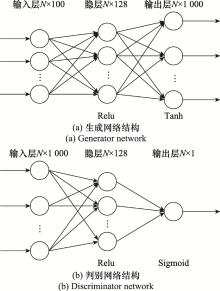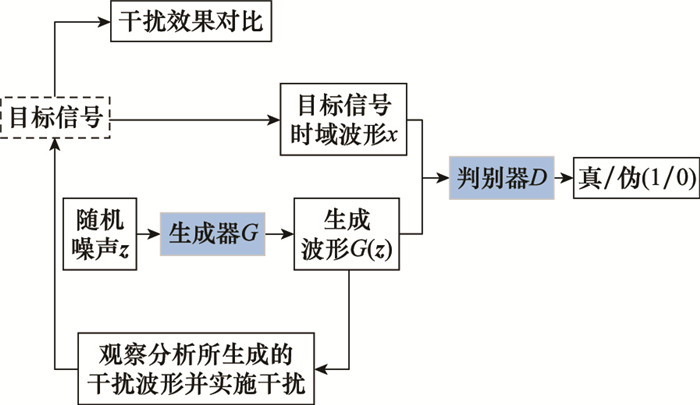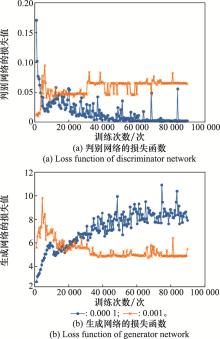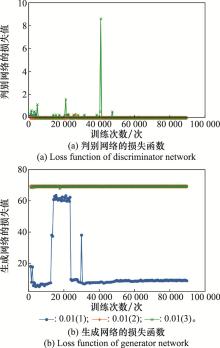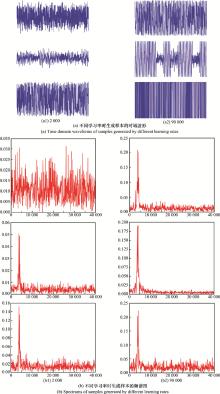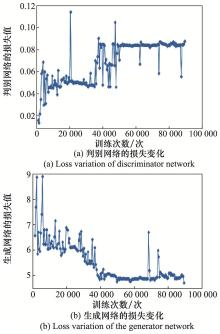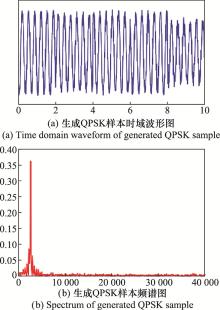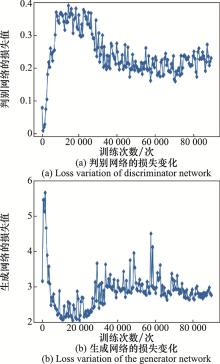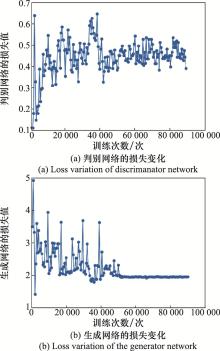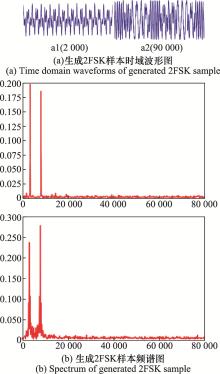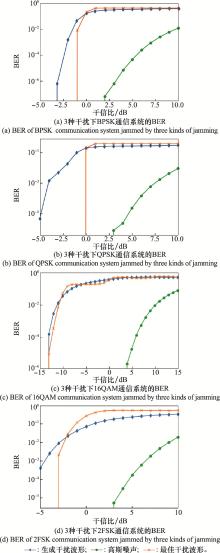| 1 |
YOU X H , ZHANG C , TAN X S , et al. AI for 5G: research directions and paradigms[J]. Scientia Sinica: Informationis, 2018, 48 (12): 1589- 1602.
doi: 10.1360/N112018-00174
|
| 2 |
LI H , ZHAO X . Joint resource allocation for OFDM-based cognitive two-way multiple AF relays networks with imperfect spectrum sensing[J]. IEEE Trans.on Vehicular Technology, 2018, 67 (1): 6286- 6300.
|
| 3 |
YE H , LI G Y , JUANG B H . Power of deep learning for channel estimation and signal detection in OFDM systems[J]. IEEE Wireless Communications Letters, 2018, 7 (1): 114- 117.
doi: 10.1109/LWC.2017.2757490
|
| 4 |
AHMED I K , FAPOJUWO A O . Stackelberg equilibria of an anti-jamming game in cooperative cognitive radio networks[J]. IEEE Trans.on Cognitive Communications and Networking, 2018, 4 (1): 121- 134.
doi: 10.1109/TCCN.2017.2769121
|
| 5 |
HUANG J F , CHANG G Y , HUANG J X . Anti-jamming rendezvous scheme for cognitive radio networks[J]. IEEE Trans.on Mobile Computing, 2017, 16 (3): 648- 661.
doi: 10.1109/TMC.2016.2561275
|
| 6 |
SALAMEH H B , OTOUM S , ALOQAILY M , et al. Intelligent jamming-aware routing in multi-hop IoT-based opportunistic cognitive radio networks[J]. Ad Hoc Networks, 2020, 98, 102035.
doi: 10.1016/j.adhoc.2019.102035
|
| 7 |
JIN H , SONG X Q , WANG M , et al. A fast anti-jamming decision method based on the rule-reduced genetic algorithm[J]. KSⅡ Transactions on Internet and Information Systems (TⅡS), 2016, 10 (9): 4549- 4567.
|
| 8 |
YU L , WU Q , XU Y , et al. Power control games for multi-user anti-jamming communications[J]. Wireless Networks, 2019, 25 (5): 2365- 2374.
doi: 10.1007/s11276-018-1664-9
|
| 9 |
XU Y F , REN G C , CHEN J , et al. A one-leader multi-follower Bayesian-Stackelberg game for anti-jamming transmission in UVA communication networks[J]. IEEE Access, 2018, 6, 21697- 21709.
doi: 10.1109/ACCESS.2018.2828033
|
| 10 |
JIA L L , YAO F Q , SUN Y M , et al. A hierarchical learning solution for anti-jamming Stackelberg game with discrete power strategies[J]. IEEE Wireless Communications Letters, 2017, 6 (6): 818- 821.
doi: 10.1109/LWC.2017.2747543
|
| 11 |
颛孙少帅, 杨俊安, 刘辉, 等. 基于正强化学习和正交分解的干扰策略选择算法[J]. 系统工程与电子技术, 2018, 40 (3): 518- 525.
|
|
ZHUANSUN S S , YANG J A , LIU H , et al. Jamming strategy learning based on positive reinforcement learning and orthogonal decomposition[J]. Systems Engineering and Electronics, 2018, 40 (3): 518- 525.
|
| 12 |
NASIR Y S , GUO D . Multi-agent deep reinforcement learning for dynamic power allocation in wireless networks[J]. IEEE Journal on Selected Areas in Communications, 2019, 37 (10): 2239- 2250.
doi: 10.1109/JSAC.2019.2933973
|
| 13 |
AMURU S , BUEHRER R M . Optimal jamming against digital modulation[J]. IEEE Trans.on Information Forensics and Security, 2015, 10 (10): 2212- 2224.
doi: 10.1109/TIFS.2015.2451081
|
| 14 |
GOODFELLOW I, POUGET A J, MIRZA M, et al. Generative adversarial nets[C]//Proc. of the 27th International Conference on Advances in Neural Information Processing Systems, 2014: 2672-2680.
|
| 15 |
朱克凡, 王杰贵. 小样本条件下SCGAN+CNN低分辨雷达目标一步识别算法[J]. 系统工程与电子技术, 2020, 42 (1): 67- 75.
|
|
ZHU K F , WANG J G . Low-resolution radar target one-step recognition algorithm based on SCGAN+CNN with a limited training data[J]. Systems Engineering and Electronics, 2020, 42 (1): 67- 75.
|
| 16 |
MEHTA K, KOBTI Z. Data augmentation using CA evolved GANs[C]//Proc. of the Symposium on Computers and Communications, 2019: 1087-1092.
|
| 17 |
WANG Y , YU B T , WANG L , et al. 3D conditional generative adversarial networks for high-quality PET image estimation at low dose[J]. NeuroImage, 2018, 174, 550- 562.
doi: 10.1016/j.neuroimage.2018.03.045
|
| 18 |
YI Z L, ZHANG H, TAN P, et al. DualGAN: unsupervised dual learning for image-to-image translation[C]//Proc. of the International Conference on Computer Vision, 2017: 2868-2876.
|
| 19 |
CHOI Y, CHOI M, KIM M, et al. Stargan: unified generative adversarial networks for multi-domain image-to-image translation[C]//Proc. of the IEEE/CVF Conference on Computer Vision and Pattern Recognition, 2018: 8789-8797.
|
| 20 |
ABRAMIAN D, EKLUND A. Refacing: reconstructing anonymized facial features using GANS[C]//Proc. of the 16th International Symposium on Biomedical Ima ging, 2019: 1104-1108.
|
| 21 |
孙志国, 徐天宇, 邓昌青, 等. 16-QAM信号的最佳干扰分析[J]. 哈尔滨工程大学学报, 2018, 39 (7): 1245- 1250.
|
|
SUN Z G , XU T Y , DENG C Q , et al. Analysis on optimal jamming against 16-QAM signal[J]. Journal of Harbin Engineering University, 2018, 39 (7): 1245- 1250.
|



